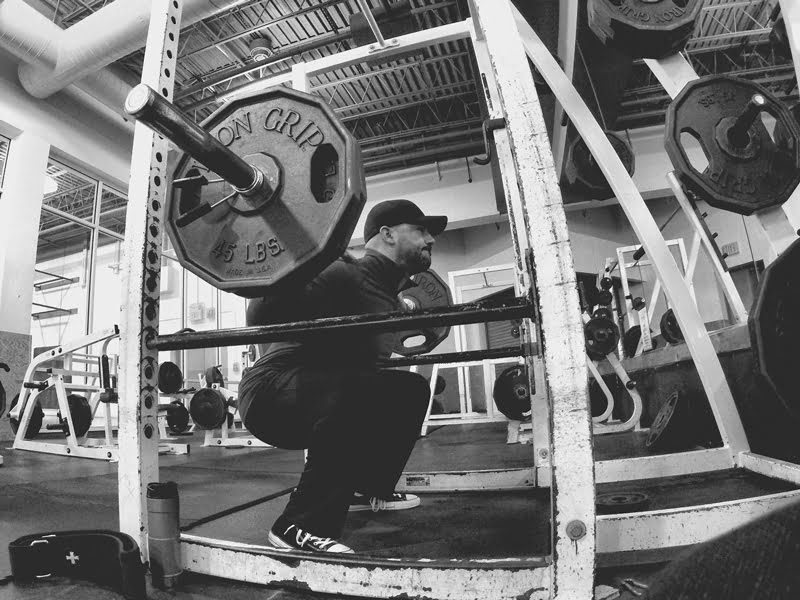I hear you, gaining muscle (naturally of course) is not easy for anyone, especially women. Of course, some of us are more genetically inclined to put muscle on, but the truth is that if you are not exercising effectively, you could run the risk of completely wasting your time at the gym.
This was me for many years, and it wasn’t until I learnt the basics of weight training and implemented them consistently into my programs, I started seeing results. We can all make some good progress by doing this, and adapting to a muscle building diet. The catch is that you need time and patience for this, as well as to consistently train every week. For me, I train even when I’m on holidays. Especially when I’m on holidays because I’m relaxed and able to get better results. This is the sort of commitment you need to sustain and grow your muscle building potential.
Here are some more tips that you might be useful for you during your building phase.
5 tips that makes anyone build muscle.
- Always use correct technique with every repetition. The truth is, unless you have had a great coach or personal trainer, you probably don’t know how to use impeccable technique within your training. This skill is priceless if you want to make gains and sustain them long term. This is a sure fire reason why you are probably not making progress right now. Some other reasons are:-
– The range of motion you are using is not full range, therefore, you are not allocating enough stimulus to the muscle for growth.
– You are lifting very light weight, and not challenging yourself enough (or worst still, have been using the same weight for years on end!)
– Your posture could be way off, increasing the risk of injury, and training the incorrect muscles.
– You are lowering and lifting the weights without enough awareness on speed of muscular contraction - Always train the bigger lifts first, followed by isolated training. Isolation exercises are best for breaking through a plateau, and aid in progression, but only after you have put in the hard work after sweating it out from deadlifts, pull ups, squats and presses.
Always write down your progression with every training session. It’s very important to monitor what strength increases and decreases are happening on a day to day basis. Use this knowledge to plan for a heavier lift next time. - Always change your workout program to prevent boredom. Here is a great way to set up your training program, if you are doing it yourself;-
Accumulation phase. This is doing more reps and sets so you spend time under the weight. This change increases muscle mass and decreases body fat.
Intensification phase. This means lifting heavier weights that are close to your max amount, so you get stronger. This is used mainly for creating more strength within the musclesIf you just want to be ripped, and not phased about strength gains, alternate between these two phases in order to avoid hitting a wall with your training. Your body composition will get better as you progress this intensification will allow you to use heavier weights once your back to pushing volume. You have the best of both worlds here!
- Varying your speed lifts and counting tempo. Tempo is high on the importance factor, as it’s all about the speed in which the upward and downward movement of the weight lifted is performed. The general rule is that eccentric (lowering) is 3–6 seconds, whilst concentric (lifting) is faster, for a longer time under tension. I always count to ether 3 or 4 during the eccentric phase, and it’s served me well. Of course, to change up your program once in a while, it does pay to speed up the movement, adding to more muscular development. Variety is always key to new gains.
- Isometric training to strengthen weaker links. This method produces high levels of tension without changing the muscles length or joint angle. This moving contraction increases neural drive to maximise the strength & potential of newly developed muscle.
An example of this (which happens to be my favourite) is the one and a quarter contraction when applied to the regular squat. You go all the way down, come up 20 or 30 degrees, pause for one second, descend back to the bottom and come up quickly. To add even more intensity, do not lock the knees… This will really test you!
You can use these for leg and bicep curls, or even bench pressing. I also use it when on the leg press.
This move is guaranteed to produce growth and a good amount of DOMS for you!
I do hope these small tips can add some big results to your training program. I know how hard it is, but train well, hard and eat properly whilst exercising patience. You will get there!
Facebook: Ange Dim
Instagram: Ange Dim (@angedim10) • Instagram photos and videos
